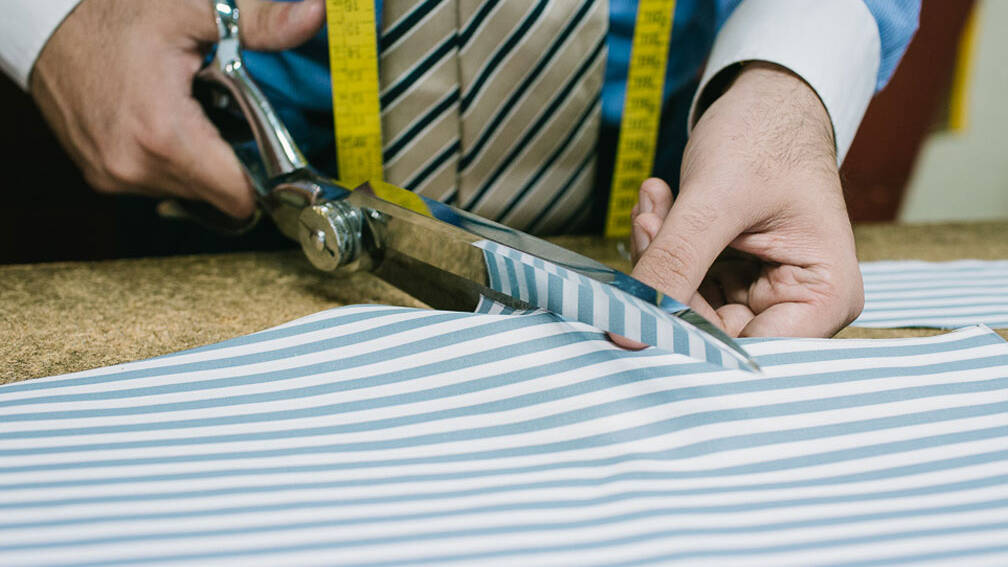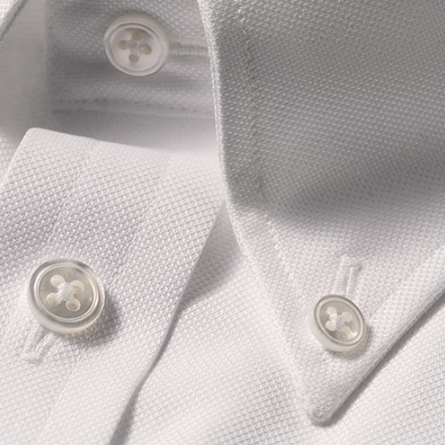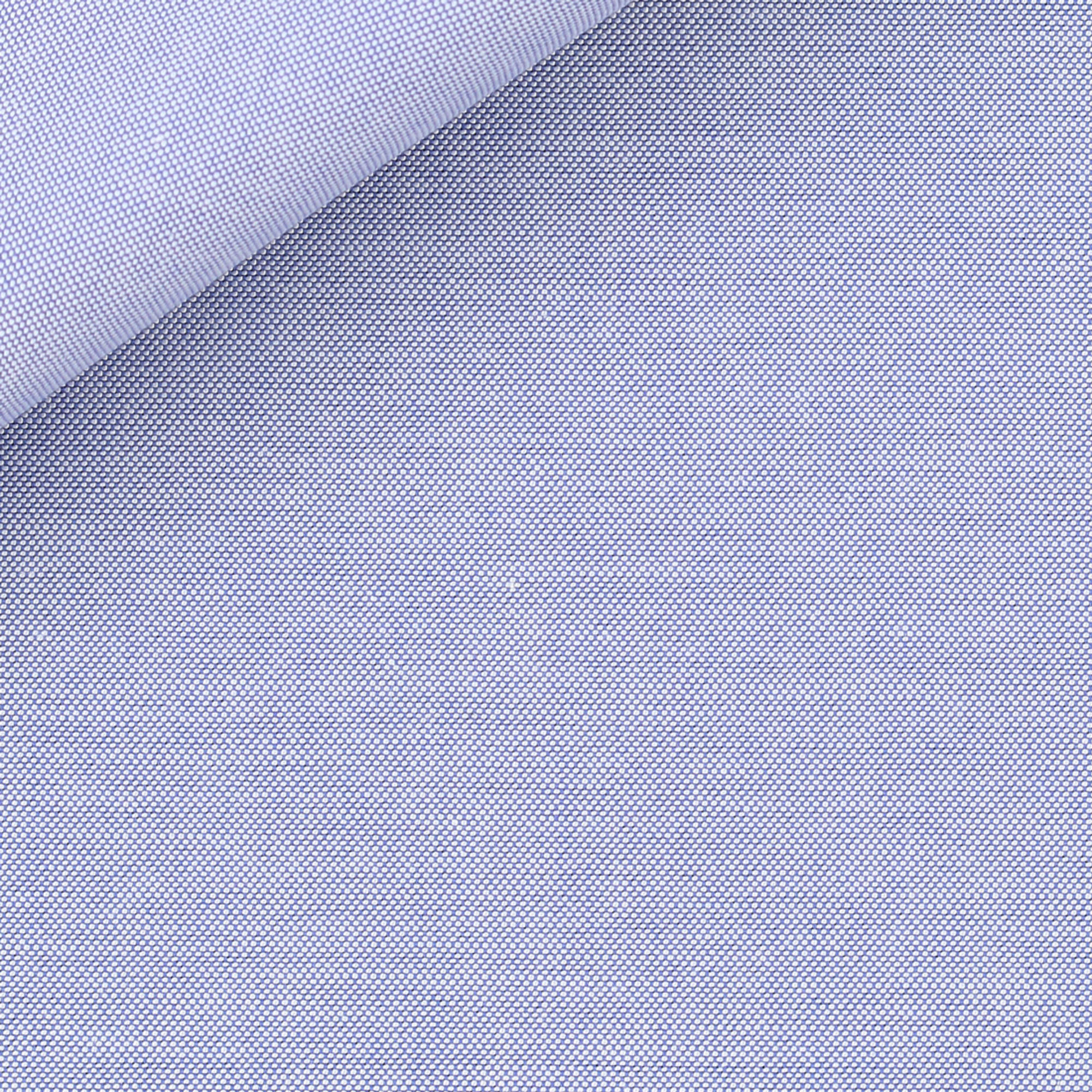An essential guide to shirting fabrics
At Christakis Athens we have been making handmade men’s shirts since 1947. For us, one of the most important things in every garment is the material that a shirt is made of. Softness, drape, ease of care, appearance and design are the factors we examine before introducing new fabrics to our collection. Firstly the fibre used for the shirting is of great importance. Natural materials such as cotton, linen, silk, virgin wool and cashmere are the staple threads that we are after at Christakis Athens.
While wool and linen offer very distinctive characteristics, cotton remains the “king” of shirting fabrics. Especially if we talk about Giza, Sea Island or Pima extrafine cotton, with which usually one cannot go wrong. But even then, other characteristics play their role in the final product. Thus one may hear about single or double folded cotton, 80/2 versus 240/2 and poplin or oxford fabric. If you are one of the people getting a bit confused with these terms, in the next paragraphs we will attempt to clarify things for you.

Single Vs Double Fold Cotton
Sometimes described also as 1-ply or 2-ply, this indicates the number of yarns twisted together to create a single thread. Two fold fabrics are usually finer, they tend to have a softer feel and be more durable. Our Classic shirts and most of our Weekender shirts are made with Two-Fold cotton.
We sometimes use special 1-ply fabrics when we want to create a more casual result. A latest addition is the 3-ply extrafine fabric with its amazing softness and natural crease resistance, currently available only in our bespoke service.
Yarn Count
Yarn count specifies the size (fineness) of the fabric’s thread itself. Higher number (e.g. 170/2) shows more threads are used by square inch, thus revealing that finer threads are used. Finer threads usually result in smoother, softer and lighter fabrics.
In our workshop we use fabrics that range from 100/2 up to 300/2(!), the latter having been described as a “miracle of human craftsmanship”. For a durable business shirt we often recommend a 120/2 cotton which tends to offer the best of both worlds (durability, appearance and feel).
Fabric Weave (Type of Fabric)
Finally, we have maybe the most important factor of all: the fabric weave. This represents the pattern with which the warp threads (vertical) and weft threads (horizontal) interweave with each other to create the type of fabric. The main types of shirting are:
Poplin
Poplin has been our staple cotton fabric since the beginning. Named after the Pope, this type of fabric is a plain weave with no visible texture to it. It feels crisp, with a good body (depending also on its weight), it is thus ideal for business shirts. The softness, smoothness and functionality of a 120/2 poplin is difficult to be replicated, particularly if we are talking about Mediterranean climates.

Oxford
Oxford weave is a more complicated weave, resulting in heavier fabrics with the distinctive ‘dotted’ texture. For the sake of simplicity, we should separate oxford clothes into two different categories. In the first one we have the classic, relatively heavy, oxfords associated with casual shirts (see OCBD – Oxford Cloth Button Down shirts).
In the Mediterranean climate, these kinds of shirts can be usually worn in autumn, winter and spring, as their weight make them a bit heavy for summer. Now the second ones, Royal Oxfords are a completely different story. Made with finer two fold yarns, they are softer and lighter, while maintaining the distinctive birdseye texture and appearance. These shirts are perfect for business shirts as they tend to crease less than poplin shirts.
Twill
Twill weave fabrics are growing in popularity especially among sartorial connaisseurs. These fabrics have a diagonal weave structure, traditionally running from bottom left to top right. While the textured lines in classic twill are easily discernible (especially in heavier twills), this is not the case in finer twill fabrics. So, one can find fine twills (we usually suggest 140/2 and higher) with no discernible texture, but with a rather formal appearance and with way more crease resistant capabilities than poplins.

Of course, there are other important fabric types as well such as zephirs, giro inglese, pique, pinpoint, herringbone etc. for which we intend to write separate articles. Other factors such as finishing, washing etc. play a significant role in the final product therefore all the above information should only set a direction to one’s sartorial journey.



